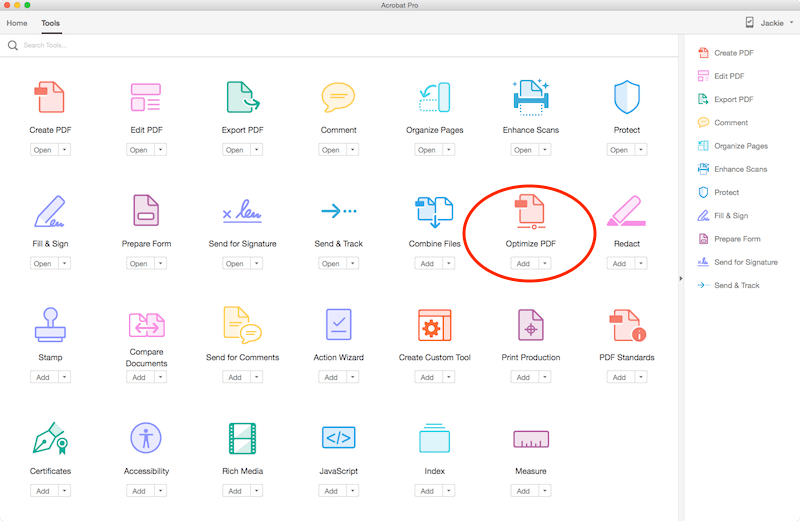

- #How to optimize my mac for editing for mac
- #How to optimize my mac for editing software
- #How to optimize my mac for editing professional

#How to optimize my mac for editing professional
Professional colorists recommend you calibrate displays at least once a month to ensure your colors stay consistent, especially as your monitor degrades and its colors change over time. With an accurate profile, you can pinpoint exact shades of color and communicate those across devices. The colorimeter will test your monitor’s colors against industry color standards, map the variations, and create a unique color profile (also known as an ICC profile) for your monitor. Once you’ve confirmed your monitor settings, the automatic calibration process will begin. The recommended brightness for a standard LCD screen is 120. It’s important to keep this setting consistent when you’re doing color correction, so you don’t correct one scene at one brightness level and another at a totally different level. Luminance is the intensity of the light the screen emits, also known as brightness. For screens in dark rooms like home theaters, the recommended setting is 2.4, because in a darker room contrast is easier to see.
#How to optimize my mac for editing for mac
This is the standard setting for Mac and Windows machines.

For a screen situated in a bright room, like an office, the recommended display setting is 2.2. The recommended gamma setting depends on how you expect your video to be watched. A higher gamma value has the same extremes of black and white as a lower gamma value, but it will produce greater contrast within that range. Gamma is the rate at which shades go from black to white. If you’re working with still images that you plan to print, the white point of 5000K (D50) is recommended, as it looks more like white on paper. This is also known as the native temperature of your monitor. If you’re working with video on an LCD monitor, the recommended white point is 6500K or D65. With modern monitors, the white point is the temperature setting (measured in degrees Kelvin) that determines the warmth or coolness of your whites. Cooler whites will have red, orange, or yellow tints. Just as the hottest part of a candle’s flame is blue, a hotter white will have a bluish tint. There’s no such thing as a purely white light.
#How to optimize my mac for editing software
The first thing your software will do is ask you to specify your monitor type and target settings:


 0 kommentar(er)
0 kommentar(er)
